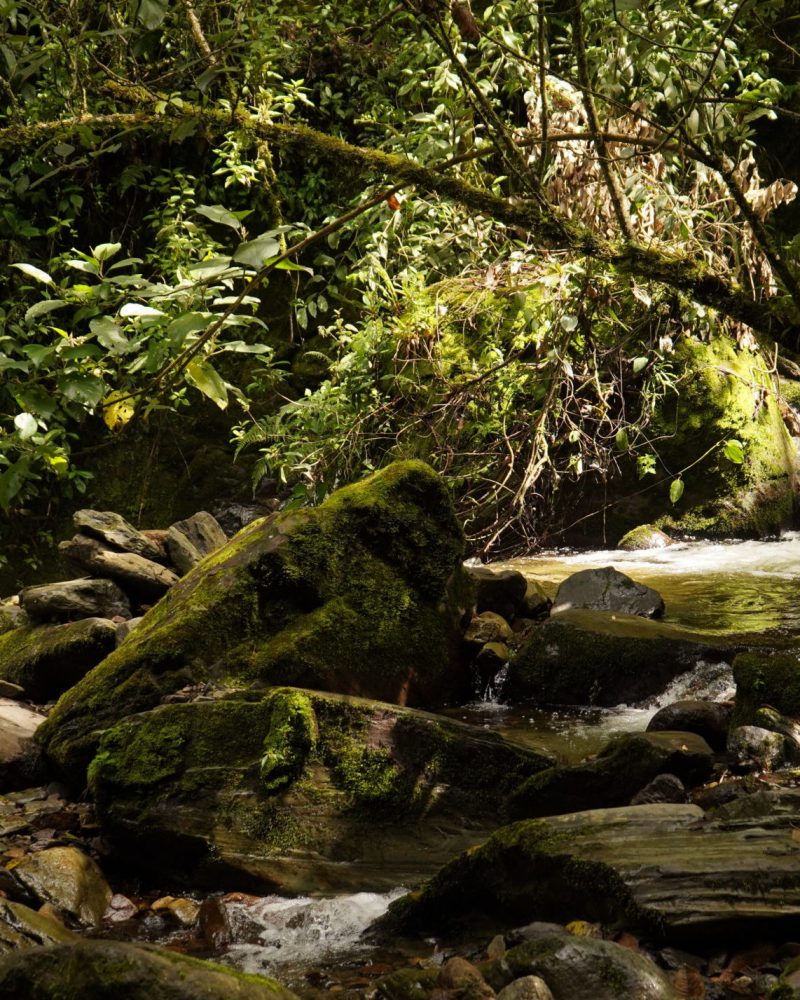In the southern Mexican state of Jalisco, several agro-industrial companies have a new role—partners in cross-sector action to reduce greenhouse gas emissions and improve landscape sustainability. Under the LandScale activity, USAID/Mexico and implementing partner Rainforest Alliance are promoting more sustainable land use management by building connections between local government, academic, and nonprofit stakeholders and the private sector. This activity is one of four featured in Comparative Case Analysis: Engaging the Private Sector in Latin America and the Caribbean, which explores the innovative ways USAID is partnering with the private sector to foster economic growth while fighting the climate crisis.
Engaging the private sector in sustainable development and conservation is a nuanced process. As noted in USAID’s Climate Change Strategy, it can “greatly expand the scale, impact and sustainability of USAID’s programs.” Navigating this nuance requires thoughtful co-creation and scaling and accelerating learning about what works.
Building Bridges
Information on private-sector engagement in environment programming is scarce. Many public actors struggle to determine when and how to collaborate with the private sector for better long-term environment and climate outcomes. To generate evidence and facilitate knowledge sharing about effective partnerships, Environmental Incentives helped USAID launch and grow a collaborative learning group focused on private-sector engagement in the Latin American and Caribbean (LAC) region.
As part of the Measuring Impact II project, the Environmental Incentives team supported the development of the Comparative Case Analysis. This collection of case studies draws out lessons to better understand the social, environmental, and economic impacts of private sector engagement on USAID’s natural resource and energy projects—including those addressing the climate crisis through communal forest management, the sale of carbon credits, mangrove conservation, and energy sector resilience.
The case studies capture lessons from Mexico’s LandScale project and other projects implemented in Peru, Guatemala, Honduras, El Salvador, and Jamaica. The studies are framed around five learning questions aligned with the group’s Learning Agenda. The collected details, including challenges, successes, and emerging opportunities, provide valuable evidence to inform future public-private collaboration in the LAC region and beyond. The comparison of these studies shows:
- Private-sector engagement, when implemented thoughtfully in a specific context, can be a win-win-win for USAID, partners, and the environment. Such joint efforts have the potential to achieve greater impacts than when stakeholders act individually. As the executive director of implementing partner AIDER told the case study team: “USAID wins. The private sector wins. But in the end, the biggest winners are the forest and the communities.
- However, collaboration comes with its own challenges. Most notable are differences in motivations, vocabulary and timeline expectations between public and private actors. The case study on USAID/Peru Alianza Forestal highlights that an activity needs to have a value proposition for the private sector. Additionally, it found USAID’s procurement and approval processes can seem prolonged to private-sector actors who usually make decisions at a faster pace. Creating shared terminology from the start can also reduce confusion later; the USAID Private-Sector Engagement Policy has a valuable appendix of key private-sector terms.
- Two of the case study activities emphasize the value of jointly developing plans, goals, and responsibilities, including the private sector and local actors, particularly Indigenous leaders, in these contexts. These findings reinforce the importance of establishing trust among stakeholders and working to address their interests and needs. These are essential components of success that co-creation can enable. As evidence of this, one activity struggled to connect private-sector actors across multiple industries at varying scales, a challenge that a more collaborative design and planning process may have addressed.
- Another important finding involves the ways investments now can reduce future risks and costs for private-sector actors. In Mexico, for example, partners in the agroindustrial sector recognized that the future costs of degraded landscape would cost more than early investment in sustainable land management and greenhouse gas mitigation. Additionally, the case studies found consumer demand for social responsibility motivates private-sector actors. By committing to better resource management and sustainability, companies can create more resilient supply chains consumers can trust.
By compiling and sharing this evidence, the learning group is helping stakeholders across sectors unite toward common goals—building understanding so USAID and partners can maximize efforts to foster economic growth while fighting the climate crisis and reversing biodiversity loss. As seen in Jalisco, building bridges between local private- and public-sector actors can lead to big wins for communities, the private sector, USAID and, most of all, the environment.



